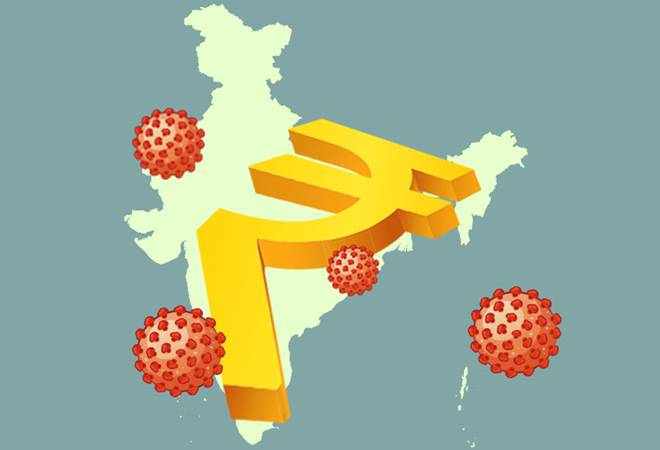New Delhi: After winning a second consecutive term last year, PM Modi had promised rapid economic development to make India a $5 trillion economy, but steps towards making the promise a reality have been affected by the spread of the Covid-19 pandemic.
As per sources, now the Prime Minister aims is to incorporate drastic changes that will accelerate the growth of the economy in the post lockdown period.
On 17 May, the Centre announced new policies for public sector units (PSUs). As per the decision, the government will privatise all PSUs, except four in strategic sectors.
Pranab Dutta, an economic expert, told The Sunday Guardian: “This is Modi’s renewed attempt to instill confidence in the country’s economic potential amid the Covid-19 crisis.” He added that it was imperative for the Modi government to announce these measures as it attempts to bridge a widening fiscal deficit following dismal tax collections due to the lockdowns announced called to check the Covid-19 disaster.
“In my view, flagging off the new privatisation drive was not easy for the Modi government as he was facing pressure from his own support groups like Bhartiya Majdoor Sangh (BMS) and Swadesi Jagaran Manch (SJM), a Hindu outfit. But, he chose reforms over state control to rescue the flagging economy,” Dutta said.
Some of the previous privatisation moves by this government include increased private partnership in Indian Railways, bid to sell 100% stake in Air India, and attempts to disinvest oil and gas companies like Bharat Petroleum, SAIL, Shipping Corporation of India (SCI), THDC India, and NEEPCO, besides others.
Experts say that the Centre’s renewed effort will enable structural changes in at least seven sectors, mainly dominated by the Maharatnas, Navratnas and Miniratnas. These sectors include agriculture, coal, minerals, defence production, aviation, space, and atomic energy. These sectors would see greater participation of private players.
As of October 2019, there were 10 Maharatnas PSUs, 14 Navratnas PSUs and 74 Miniratnas PSUs. Besides, there are nearly 300 CPSEs (central public sector enterprises). The decision to disinvestment most of these PSUs was already taken last year and the government is aiming to raise Rs 3.2 lakh crore through the privatisation of PSUs and CPSEs.
The sectors that would see increased participation of private entities include agriculture (the end of compulsion of farmers to sell their produce in mandis only, the reform now will enable them to sell their farm produce to anywhere or anybody of their choice); defense sector (the FDI limit for this sector has been raised to 74% from the previous 49% cap), the space sector (government-owned Indian Space Research Organisation’s monopoly would be over and the private sector will be a co-traveller in India’s space sector journey); the coal sector (ease in entry norms would now enable any interested individual or firms to bid for a coal block and sell it in the open market
PM’s privatisation drive to gather pace post lockdown
इस शब्द का अर्थ जानिये
- Advertisement -

